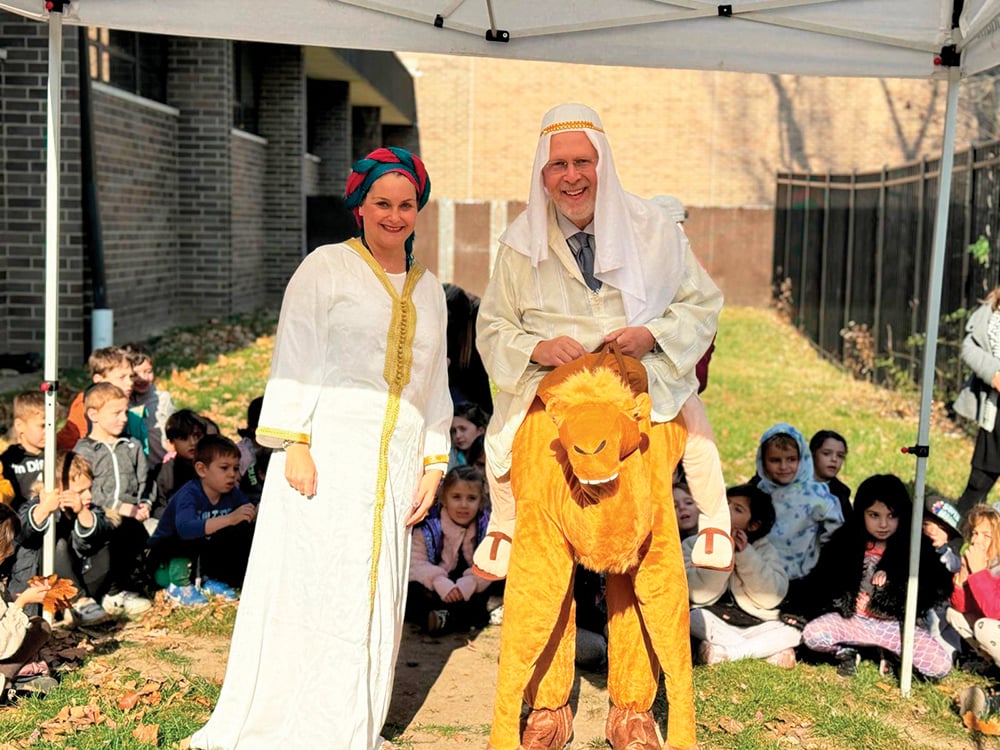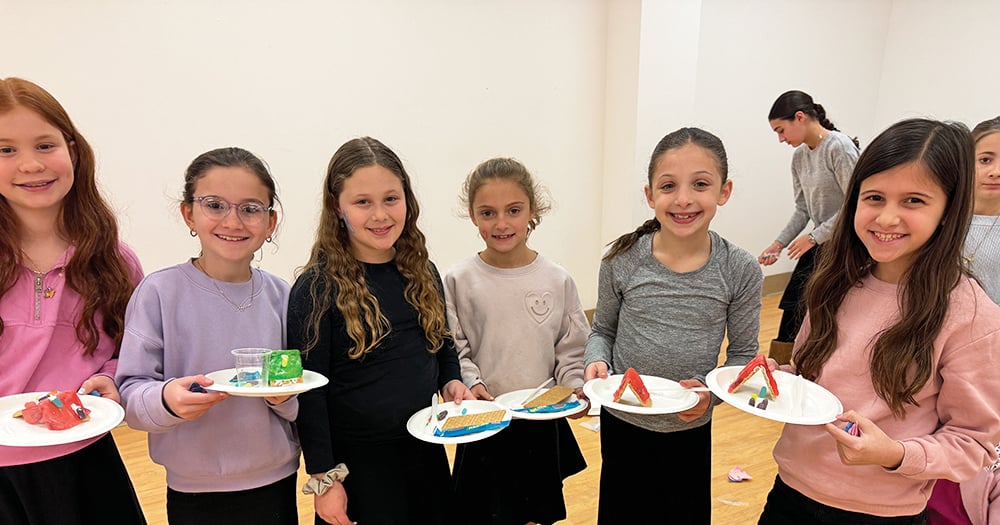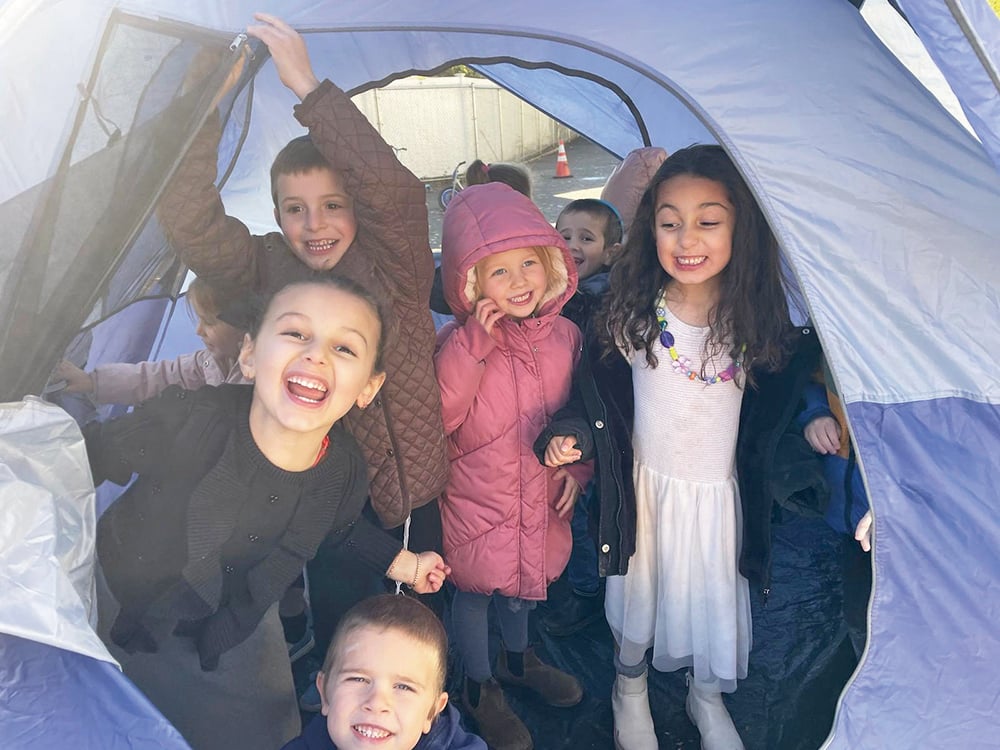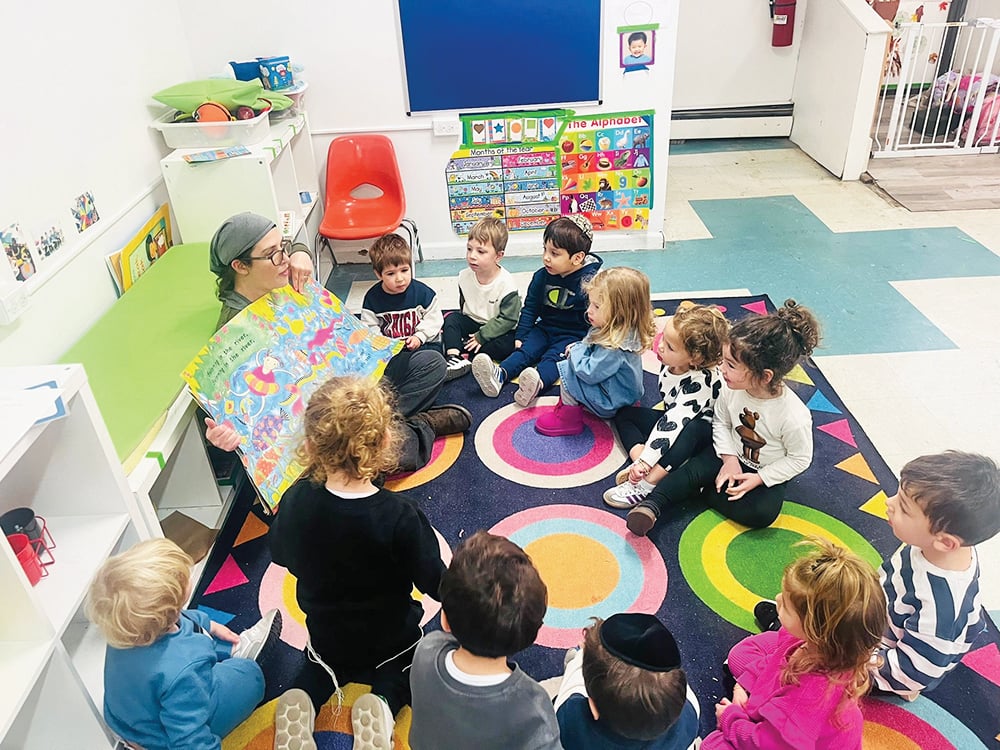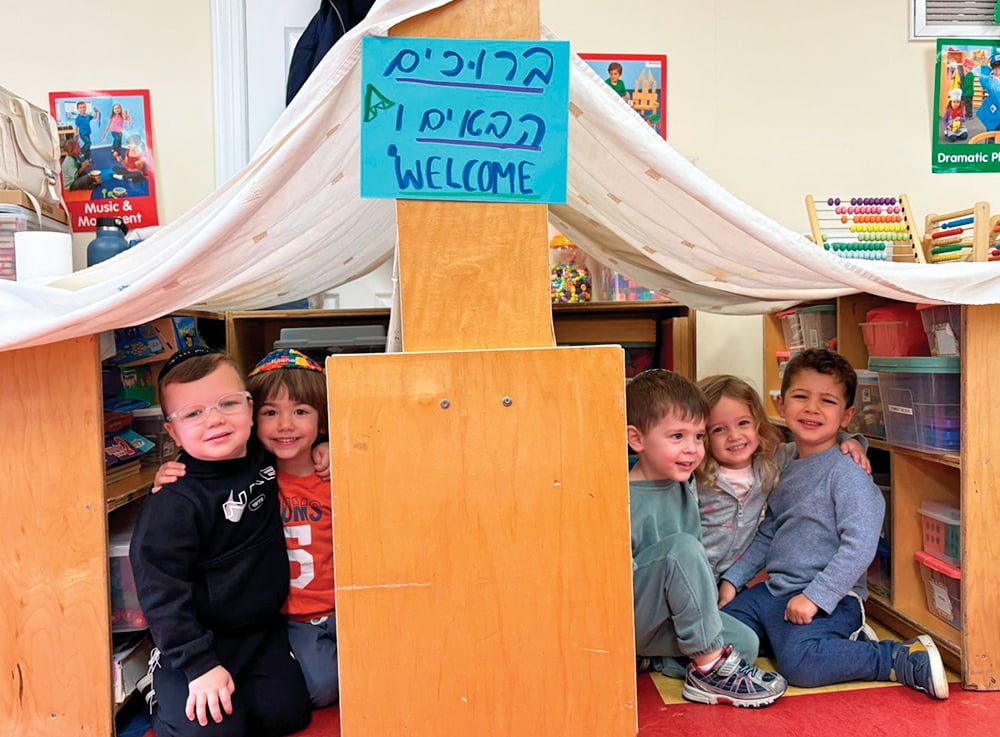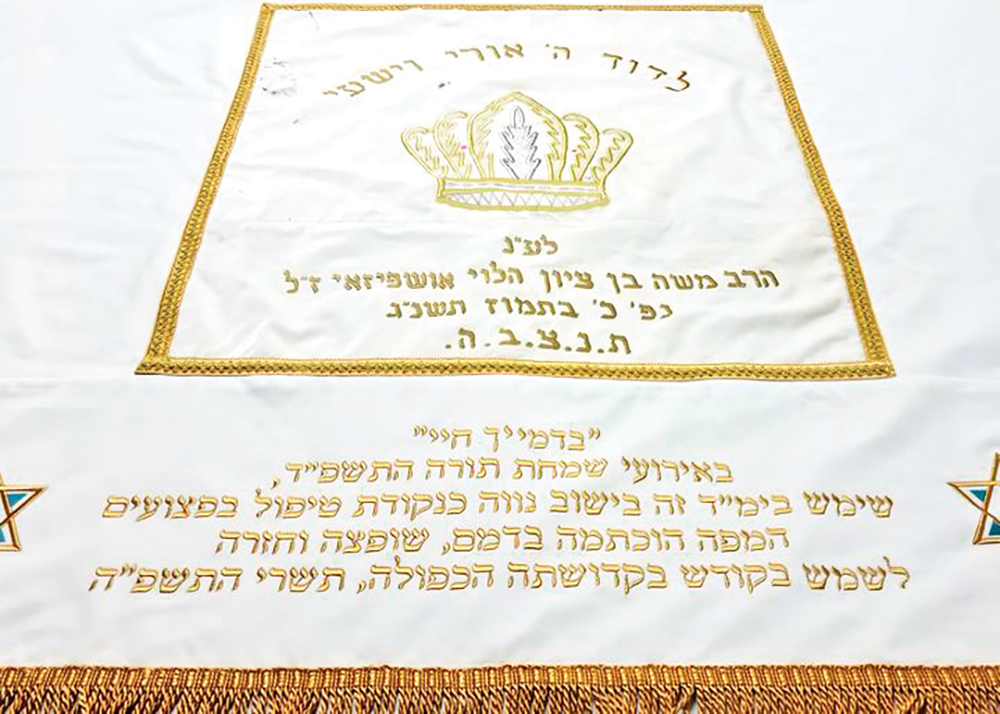
Where were you on the Saturday morning of October 7, 2023, Simchat Torah 5784? When did you first hear the devastating news from Israel? At what point did the full scope of the tragedy begin to sink in, and when did it occur to you that you’d never truly grasp the sheer horror of it?
October 7 stands as one of the darkest days in Jewish history since the Holocaust. In our most terrifying nightmares, none of us envisioned witnessing such a manifestation of absolute evil in our lifetime.
Many were compelled to question previously held beliefs and ask: “Who are we?” and “Why are we here?” From the depths of mourning and shock, questions about identity, heritage and mutual responsibility emerged, flooding the media and public discourse. The events of October 7 profoundly affected the world, and each of us personally. Many discovered newfound feelings of connection and meaning that they had never experienced before.
The roots of this attack lay in our enemies’ belief that Israeli society was deeply fractured. Observing Israel’s five elections in three years, hostile protests, social unrest, and pervasive social media vitriol, they assumed an attack would deepen these divides and precipitate Israel’s complete collapse.
They were gravely mistaken. When put to the test, the people of Israel swiftly reconnected with their core identity in a deep, fundamental way. Millions of Israelis, Jews worldwide, and non-Jewish friends rallied to Israel’s side: donating money, taking action, doing battle, engaging in prayer and giving strength. Whether on the battlefront, throughout Israel or within the global Jewish community, our enemies’ efforts to defeat us only fortified us.
While some media outlets and online influencers may have reverted to divisive rhetoric, the truth is that October 7, 2024 sees millions of Israelis and Jews worldwide continuing to embrace this renewed sense of Jewish nationhood and unity, bringing us so much closer to the Geulah.
In Your Blood You Shall Live
The community of Naveh is part of the Eshkol Regional Council, on the southwestern border with the Gaza Strip. On the morning of Simchat Torah, after a series of unusual and relentless sirens, the community security officer, Omri Cohen, entered the shul to interrupt the services and send the residents to lock themselves in their homes.
Members of the emergency response team already understood what was happening in the neighboring communities — terrorist infiltrations, and Israelis murdered, injured and kidnapped. Terrorists had gained control of the nearby road, making it impossible to evacuate the wounded to Soroka Hospital in Beersheva. And so, the place where the prayers had been halted was not turned into an improvised emergency clinic.
The residents of Naveh began to receive wounded people from the neighboring communities of Kerem Shalom, Shlomit Prigan and the entire area.
Without cell phone reception, electricity, and mainly, without any military forces in sight, the Naveh emergency response team vigilantly stood guard. One of the members related that, lacking proper equipment, he grabbed a pair of binoculars from his son’s bar mitzvah gift pile. Meanwhile, local medical personnel set up a medical command center until helicopters arrived to evacuate the injured.
Due to the shortage of basic equipment, they used whatever was available. There were no stretchers to carry out the wounded, so they improvised and used a parochet. One specific parochet held symbolic significance; after the disengagement, it had been purchased by the residents of the former community of Atzmona in Gush Katif. The parochet accompanied them to their temporary location in Yated before moving with them to their permanent home in Naveh.
Fast-forward one year. Baruch Hashem, every one of the wounded who were in the shul that morning survived and IS still alive. The residents of Naveh, who had been evacuated to Jerusalem under fire, returned to their homes as soon as it was possible. The blood-stained parochet was sent for cleaning, but the results were only partially successful. Nevertheless, it was decided to leave the faded stains and turn the parochet into a cover for the bima and to embroider it with the following:
“B’damayich, chayi. During the events of Simchat Torah 5784, this beit midrash served as a first aid center for the wounded. This cloth was stained with their blood, restored and returned to its sacred use, with its doubled sanctity. Tishrei 5785.”
Want to read more by Sivan Rahav Meir? Google The Daily Thought or visit sivanrahavmeir.com
Sivan Rahav Meir is a primetime news anchor on television and radio. She lives in Jerusalem with her husband Yedidya and their five children.



